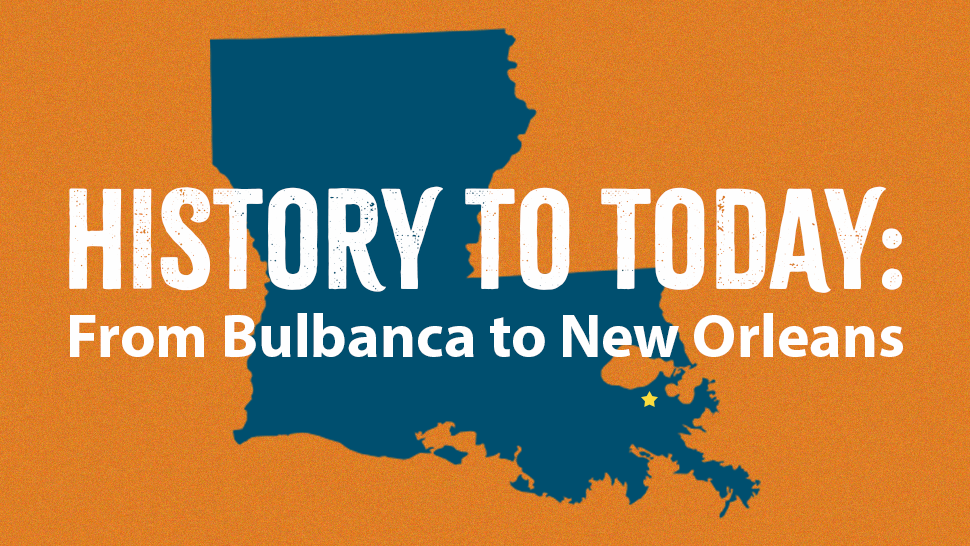What’s in a place? The beauty of its history, predecessors, and the cultures that intermingled willingly or by force to make it what it is today.
As time passes, we forget and ignore history, pushing it aside as our eyes steady toward the future.
The history of a place is significant, however. Whether we like it or not, history slowly molds our lives, quietly interweaving, influencing our thoughts and actions, and determining how we choose to confront the future.
Centuries before the birth of modern civilization, before the first Europeans discovered the land stretching along the Mississippi Valley, there was a place whose history shaped Louisiana, specifically the French Quarter of New Orleans—Bulbancha.
The Name: Bulbancha
When you research Bulbancha, a particular phrase often comes up, “What’s in a name?” The usual answer is a lot.
There’s something powerful about Native American naming practices. Names are descriptive, connective, and inclusionary. Place names reference tribal, cultural, and religious significance, physical characteristics, and nature.
Bulbancha is of Choctaw/Chickasaw origin, meaning “place of other tongues,” “place of foreign tongues,” or “place of many tongues.”
So, what’s in the name Bulbancha? You must understand the cultures in and around Louisiana 25,000 years into the past.
Ishak/Atakapa, Creek, Natchez, Coushatta, Tunica-Biloxi, Ponchatoula, Pascagoula, Choctaw, and several other tribes called the region home.
These tribes each had their unique languages and traditions. Yet, a common thread bridged them—they all met in Bulbancha for trade, political, religious, and cultural purposes.
The Language: Mobilian Jargon
It’s estimated that tens of thousands of Native people, speaking 22 distinct languages, lived in and around Louisiana before the arrival of Europeans.
Despite the tribes’ vast diversity, they developed a common language—Mobilian Jargon. Speaking the language allowed the Natives to trade, conduct religious ceremonies, and more.
The language was not very big, only containing around 1,250 words, but its speakers could be found hundreds of miles down the Mississippi River.
As Europeans settled in the area, they also picked up the language.
New Arrivals: Europeans
European settlement did not immediately disrupt the ebb and flow in Bulbancha. Natives continued to use it for trade and cultural interaction well after 1699 when the first Europeans arrived.
Despite this, change was inevitable.
In 1718, the French claimed the area, naming it after Phillip II, Duke of Orleans—New Orleans. Among Natives, Bulbancha also became known by another name, Tonrowahal’ukini, “the White Man Town.”
Under French and Spanish rule, there were well-established and codified regulations with the Natives. The regulations kept the relationship with Natives diplomatic, as they recognized their sovereignty. They stayed in place for nearly 20 years after the 1803 Louisiana Purchase.
In 1821, the interest of the United States grew, and its government forcibly relocated Natives to other areas.
The Present: New Orleans
New Orleans is a fusion of cultures. In the city, one can find cultures from all over the world —Vietnamese, South American, European, Caribbean, and African. It seems as if the city is in love with its past.
Whether we realize it or not, history always finds a way.
Are there any other aspects of Louisiana history that you’d like us to write about? Let us know in the comments below!
Once a Pelican State CU member, always a member—through life’s milestones, we’ll always be there to help you with your financial needs. Your Financial Family for Life. Give us a call at 800-351-4877.



